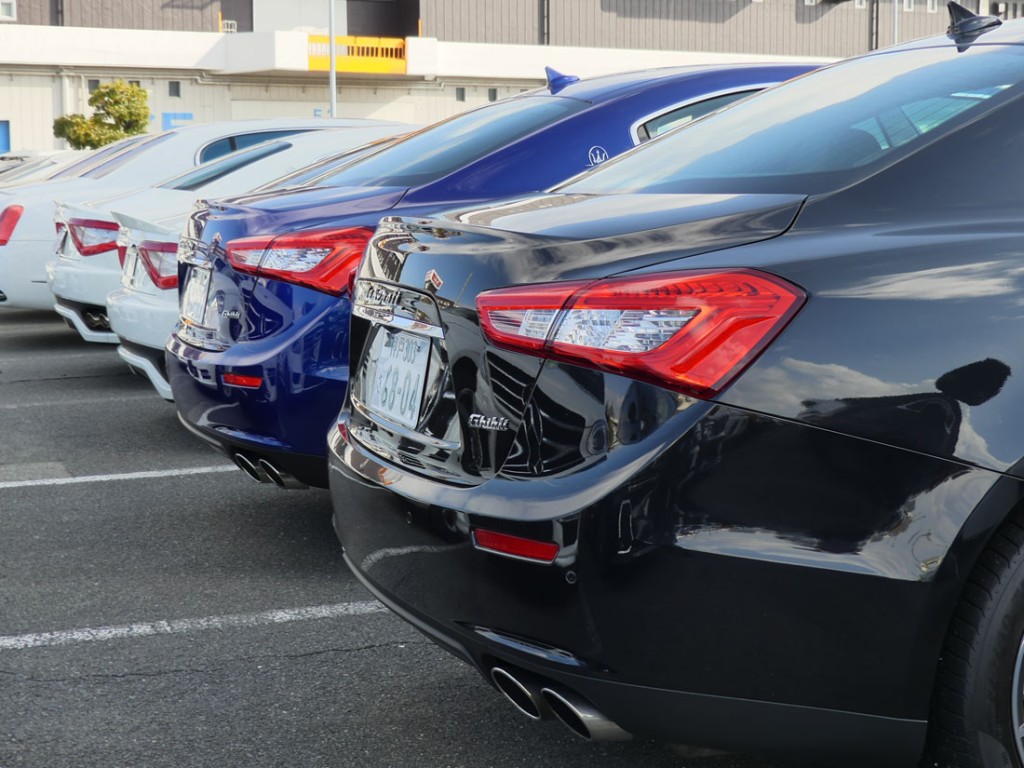
The Japanese Simply Drive Less
In the EU the average car has 128,000 KM, and in the US over 170,000 KM. But the average car in Japan? Only 52,000 KM.
Obviously, the more a car is driven, the more likely it is to have picked up problems and damage along the way.
Japan not only has an excellent public transport system both within metropolitan areas and between the cities, but the neighborhoods people live in area also generally very “walkable”. That is to say, a typical residence in Japan is within easy walking distance of a supermarket, station, bus stops, a library and schools.
It can come as no surprise to learn that most Japanese people will leave their car at home when going out on local errands, preferring to walk, use bicycles or ride scooters instead. Japanese people walk 5.4 KM on average each day, whereas the same figure for car-loving US residents is 3.9 KM. Japanese people walk 5 KM on average each day, and since pretty much everyone owns a bicycle, if they are going further they just hop on their bikes.
Temperate driving conditions mean less stress on vehicles
Japan is a temperate country. Although there are areas in the far North (particularly Hokkaido) and the central mountainous region where there can be long periods of heavy snow, most areas where the bulk of the population live – and, therefore, drive – only experience occasional, mild snow falls.
Even in areas prone to heavy winter weather, the use of salt to keep the roads clear is not widespread. Although sometimes salt is used, in these regions drivers are expected to fit snow tires to their cars as winter approaches, so the roads are often left as- is. Another method used to clear major roads of snow is to pipe geothermally-heated water from outlets along the center crest of the road to melt snow and ice.
The overall result is that cars in Japan tend to be much less likely to have corrosion or rust than cars in other countries with similar or colder climates.
Japan’s roads are also very well paved and smooth, so there is little stress placed on vehicles by the kind of road damage you find in many other countries – potholes, cracks and stone chips.
Japanese People Take Better Care Of Their Cars
Japanese people are known for their fastidious nature. After all, that is something that makes Japanese cars so attractive in the first place – they are so well designed and carefully put together.
The Japanese also tend to be pretty obedient. So when the manufacturer or the dealer says that a service should be done on the car, you can bet the typical car owner will do it, no questions asked. On top of this, most servicing is carried out at official dealerships in their pristine service departments.
On top of this, the government mandates a certain minimum level of maintenance anyway, by requiring all vehicles to pass regular roadworthiness tests.
- Robert, International Transportation Express Services Co. (Myanmar)
The first of these is 3 years after the car was new, and then they continue at two year intervals after this. This roadworthiness test is called the Shaken (“shah-ken”) and it serves to ensure that Japan’s cars are well looked after – whether their owners really want to keep them in good condition or not.

We find that the most successful importers really understand how it all works - from the auction to the ship and beyond. Don't get left behind!


